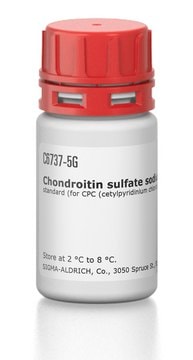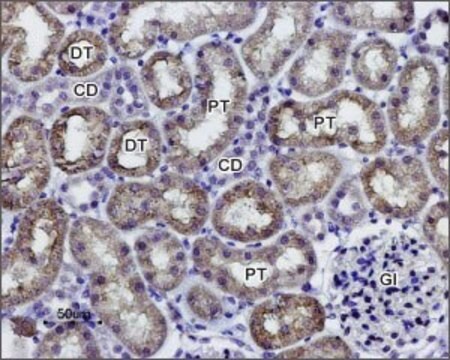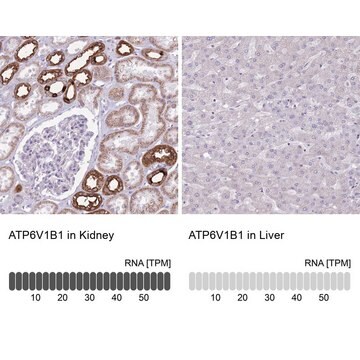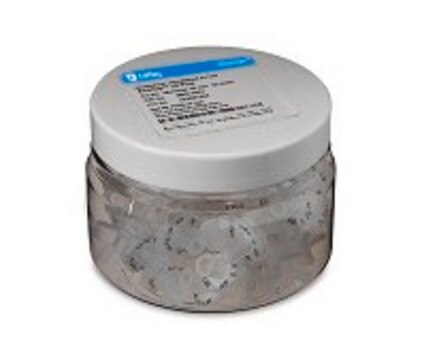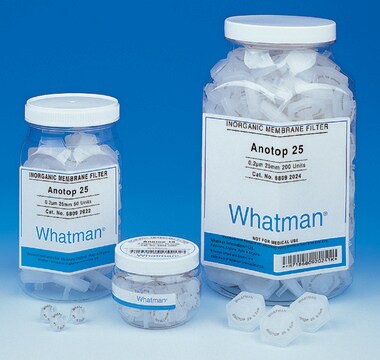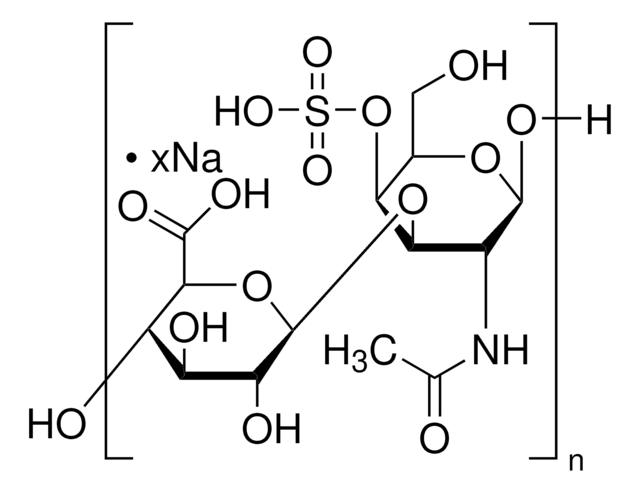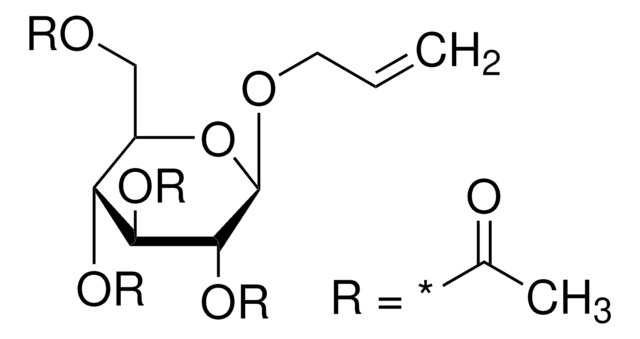A7310
Anti-Water Channel Aquaporin 2 antibody produced in rabbit
IgG fraction of antiserum, lyophilized powder
Sinónimos:
Anti-Aquaporin 2, Aquaporin 2 Detection, Rabbit Anti-Aquaporin 2
About This Item
WB CL
western blot (chemiluminescent): 1:200-1:1000
Productos recomendados
biological source
rabbit
Quality Level
conjugate
unconjugated
antibody form
IgG fraction of antiserum
antibody product type
primary antibodies
clone
polyclonal
form
lyophilized powder
species reactivity
rat, human
technique(s)
immunohistochemistry: suitable
western blot (chemiluminescent): 1:200-1:1000
UniProt accession no.
storage temp.
−20°C
target post-translational modification
unmodified
Gene Information
human ... AQP2(359)
mouse ... Aqp2(11827)
rat ... Aqp2(25386)
Categorías relacionadas
General description
Immunogen
Application
- immunostaining
- immunohistochemistry
- immunofluorescence
- immunoblotting
Biochem/physiol Actions
Physical form
Preparation Note
Disclaimer
¿No encuentra el producto adecuado?
Pruebe nuestro Herramienta de selección de productos.
signalword
Danger
hcodes
Hazard Classifications
Acute Tox. 3 Dermal - Acute Tox. 4 Inhalation - Acute Tox. 4 Oral - Aquatic Chronic 3
Storage Class
6.1C - Combustible acute toxic Cat.3 / toxic compounds or compounds which causing chronic effects
wgk_germany
WGK 3
flash_point_f
Not applicable
flash_point_c
Not applicable
ppe
Eyeshields, Gloves, type N95 (US)
Elija entre una de las versiones más recientes:
¿Ya tiene este producto?
Encuentre la documentación para los productos que ha comprado recientemente en la Biblioteca de documentos.
Nuestro equipo de científicos tiene experiencia en todas las áreas de investigación: Ciencias de la vida, Ciencia de los materiales, Síntesis química, Cromatografía, Analítica y muchas otras.
Póngase en contacto con el Servicio técnico